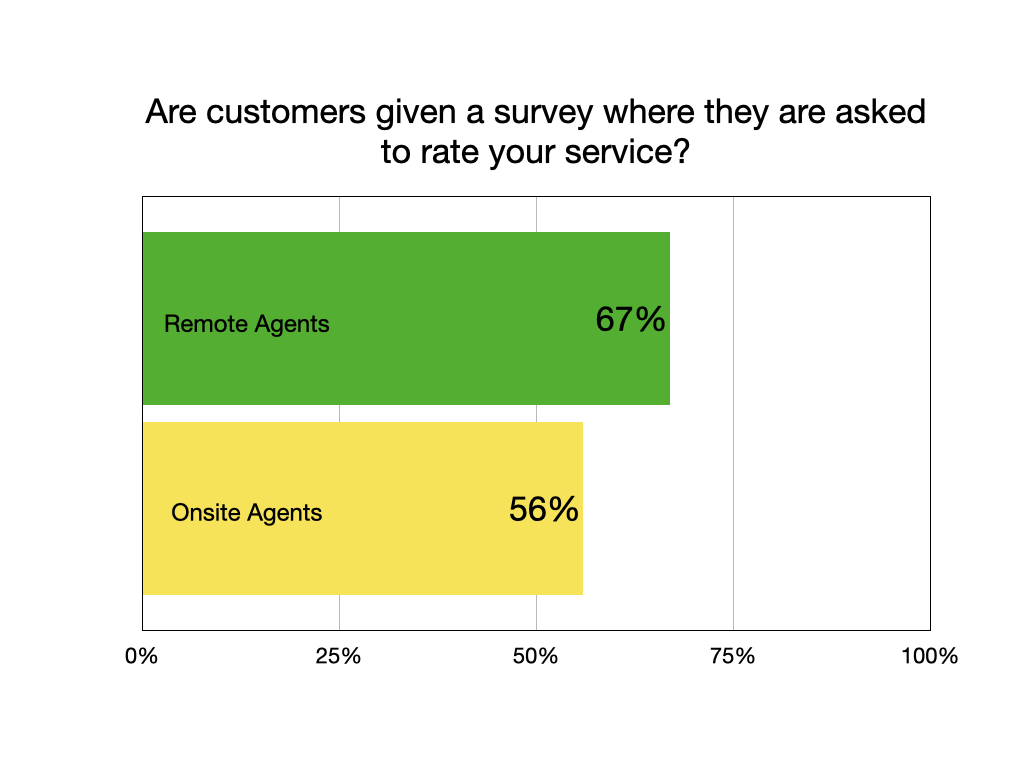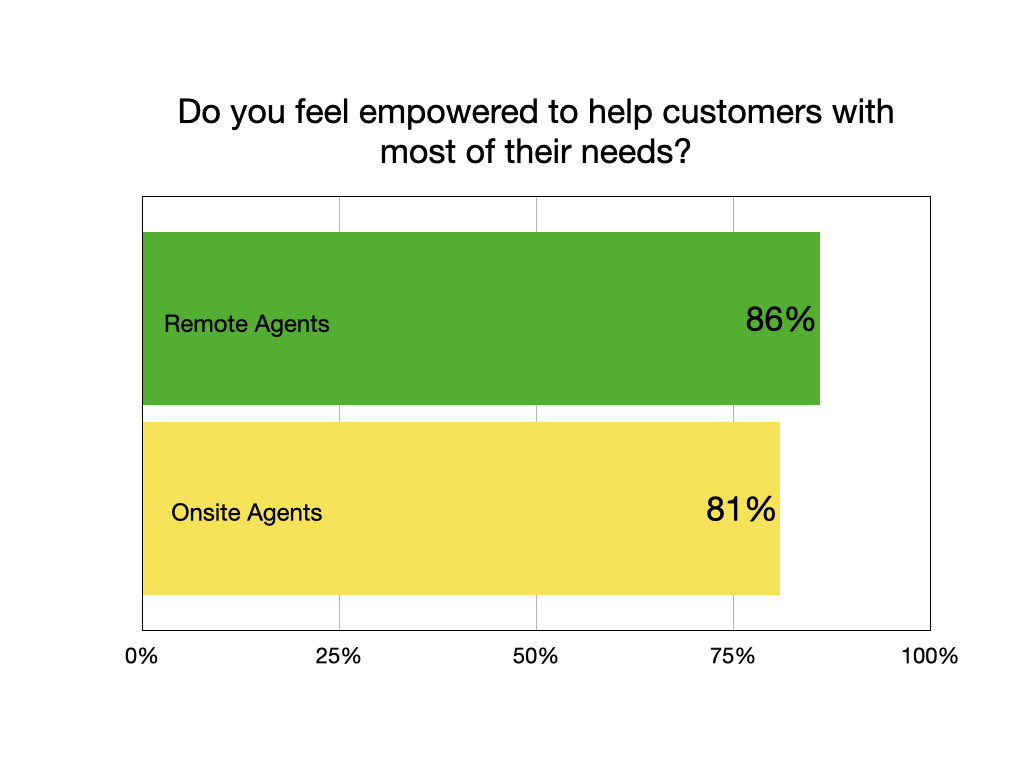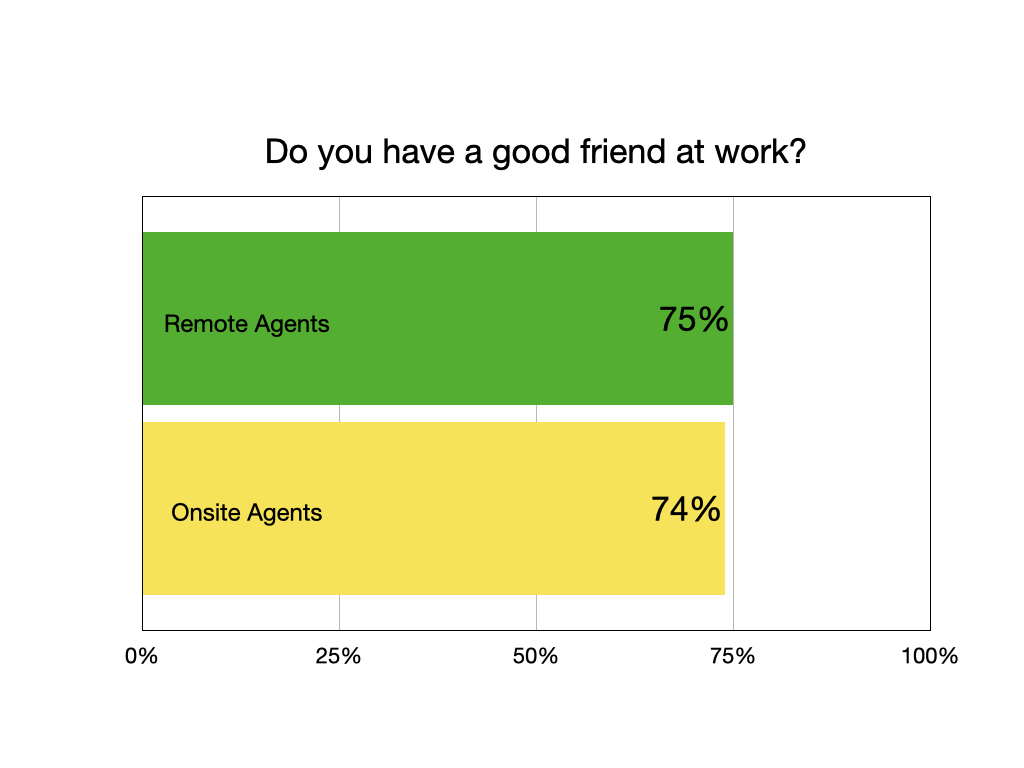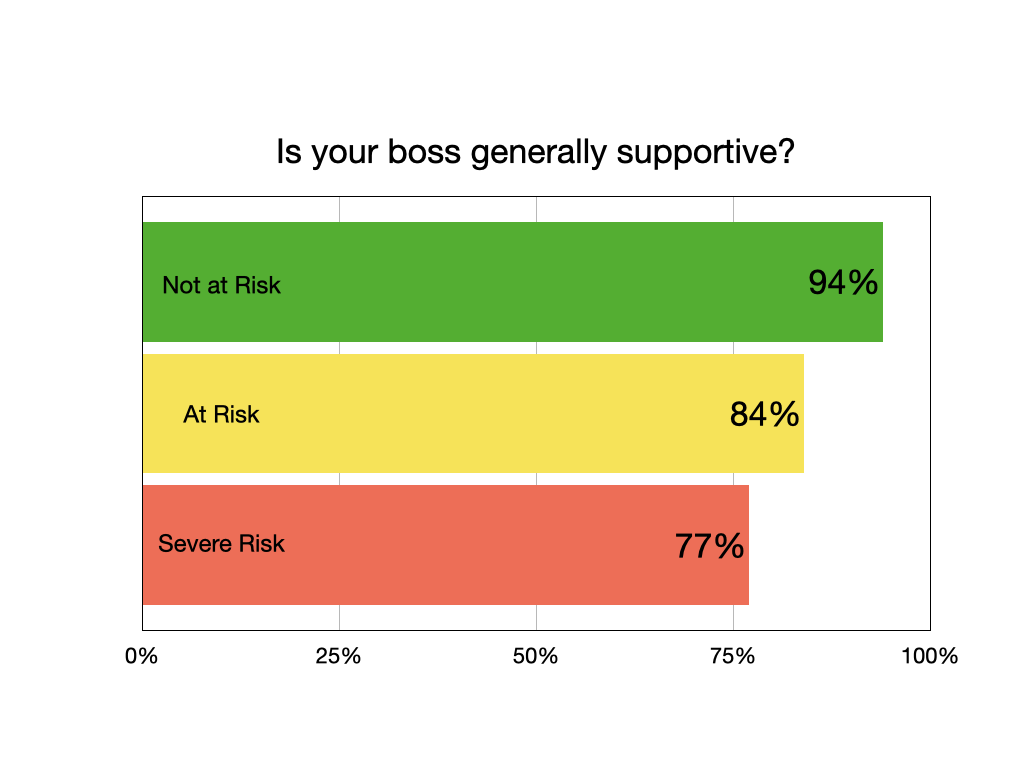Why do we subject employees to role playing?
Managers often request it for customer service training, but participants don't like it. Here are just a few comments from a discussion on LinkedIn Live:
"It's always awkward and stressful."
"The interactions are just not natural."
"It's unnerving."
It would be one thing if role playing was a highly effective customer service training technique. It's not.
I'm a customer service trainer who has trained thousands of employees, and I can tell role playing doesn't work.
There are alternatives that improve training without making your participants feel uncomfortable. Here are four that your participants will like better.
Why is role playing ineffective?
Let's take a moment to cover why role playing doesn't work for customer service training. As a trainer, I've used role playing in the past and have seen its limitations.
The first one is participants don't like it.
But there’s an even bigger reason. Role playing slows down learning. That's because a role play scenario requires participants to split their attention between two tasks. One is the skill they are trying to practice and the other is the character they are playing.
Here's an old video from the archive that shows what happens when people try to do more than one thing at once:
What can you do instead? Here are four techniques that work much better.
Option 1: Discrete skill practice
This option narrows your focus to one specific skill. Participants can practice the skill in a realistic manner without having to pretend to be a character.
This option works well for skills that are easily isolated. For example:
Greeting customers
Reading customer emails
Using positive tone and body language
Below is a short video from my LinkedIn Learning course, Customer Service Foundations. You can use it to help your team practice using appropriate tone and body language.
The video includes an explanation of how to use the skill. There are demonstrations at :31 and 1:25 in the video to illustrate what the technique looks like in action.
After watching the video, have your team practice using positive tone and body language while responding to typical customer requests.
Option 2: Walk-through
A walk-through is like a role play scenario played at half-speed without the unnatural acting.
Use it to walk through the steps of a service interaction. Pause to cover what to do and say at various steps in the process and have participants demonstrate each skill.
Walk-throughs are great for any situation that follows a standard procedure:
Receptionists greeting office visitors
Contact center agents answering customer calls
Valet parking attendants delivering customer vehicles
You've probably done a walk-through if you've ever been a cashier.
The trainer walked you through the steps to ring up a transaction.
You were coached you through several transactions with live customers.
The trainer eventually left you to work on your own after you demonstrated a reasonable level of proficiency.
You likely had to call for help a few times when you encountered something unexpected, but generally you started getting faster and more accurate as you worked.
Option 3: Simulation
Simulations give participants a chance to practice their skills in a realistic way without playing a character. They can just be themselves.
There's a growing range of software solutions that provide simulations for customer service training. Those can be great, but there are also low-tech ways to run simulations.
Think of other situations where you could use the same skills. For example, active listening is an essential customer service skill. It’s also a skill that’s really useful when you’re just having a conversation.
Here's a simulation you can use to help people build their active listening skills by having a conversation.
Place participants in pairs.
Ask one participant to tell a story for 90 seconds.
Give the second participant 30 seconds to recap what they heard.
Debrief by asking pairs to describe the listening skills they used or observed.
Option 4: On-the-Job Practice
Daily interactions with real customers provide some of the best customer service training. You can learn something from each one and find ways to constantly improve.
Here's how to practice specific skills on-the-job:
Select one specific skill to work on.
Practice using the skill while serving customers.
Pause and review how well it worked.
Decide what adjustments, if any, to make.
Apply the adjustments while using the skill with more customers.
My Customer Service Tip of the Week email provides you with a weekly suggestion for on-the-job practice. You can try the tip yourself, or share it with your team.
For example, one tip is using the Acknowledge and Refocus technique to defuse upset customers:
Acknowledge the upset customer's emotions
Refocus the conversation on finding a solution
After a week of practice, customer service reps can become quite skilled at using the technique. You can then introduce a new technique to practice the following week.
Take Action
Ditch the awkward role playing activities for customer service training. Your employees don't like it and it's not effective.
Try one of the four alternatives instead:
Discrete skill practice
Walk-throughs
Simulations
On-the-job practice
Here are some additional resources:
Subscribe to the free Customer Service Tip of the Week email
Watch the LinkedIn Live discussion on role play alternatives





























